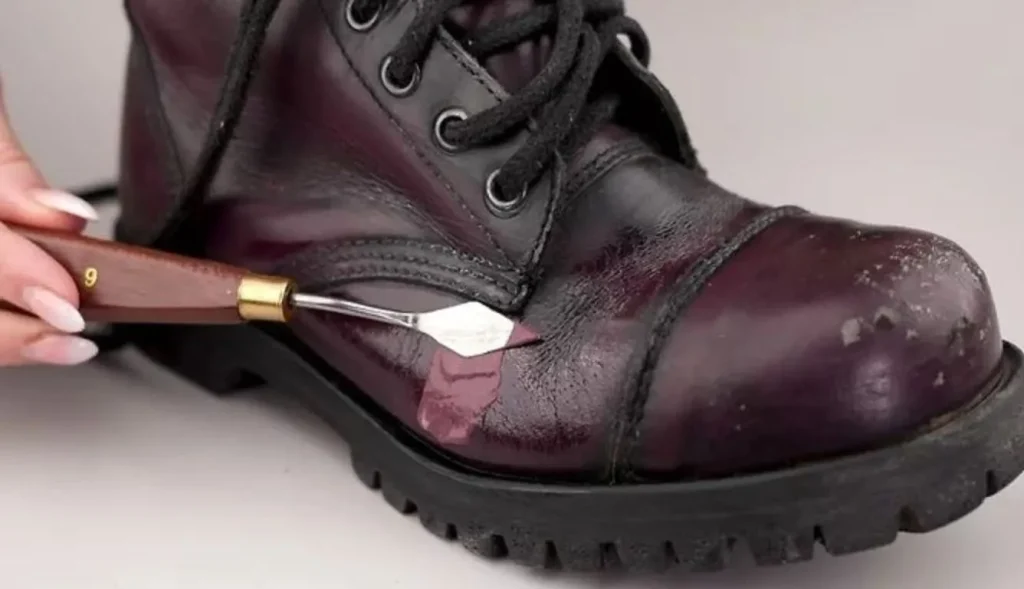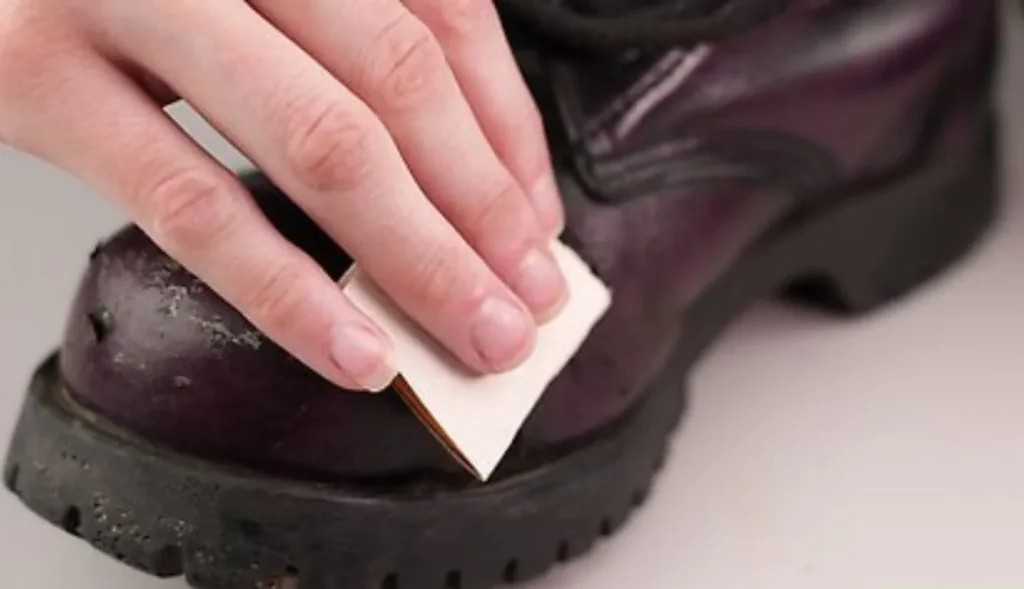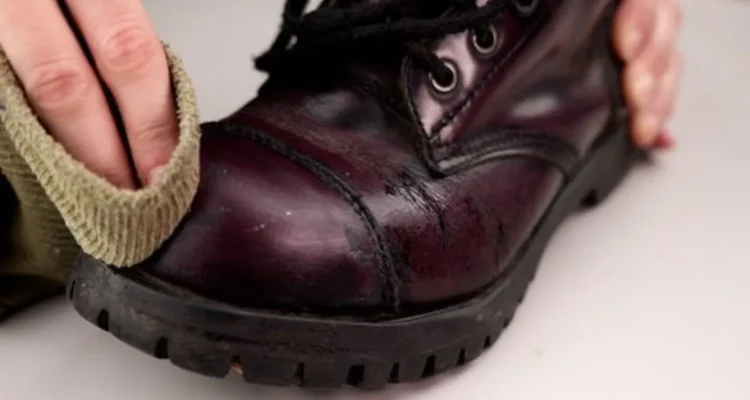Introduction
Leather is synonymous with durability and elegance, but without the right care, even the finest leather can start to crack, fade, and deteriorate. Understanding how to maintain leather properly is crucial for preserving its beauty and longevity. In this guide, we’ll explore the essential steps to prevent leather from cracking, ensuring your items remain as stunning as the day you bought them.

Understanding Why Leather Cracks
Natural Aging Process
Leather, like any natural material, ages over time. This aging process, while natural, can lead to cracks as the fibers lose their elasticity and become brittle. Proper care can significantly slow down this process, keeping the leather supple and resilient for longer.
Exposure to Sunlight and Heat
Prolonged exposure to direct sunlight and heat is one of the leading causes of leather cracking. UV rays can dry out the leather, causing it to become brittle and prone to cracking. It’s essential to shield your leather items from harsh sunlight whenever possible.
Lack of Moisture
Leather needs moisture to stay soft and flexible. When leather loses its moisture content, it becomes dry and starts to crack. Regular conditioning is necessary to keep the leather hydrated and prevent cracking.
Impact of Humidity Levels
Humidity plays a critical role in leather care. Too much moisture can cause mold, while too little can dry out the leather. Maintaining the right balance is key to preserving leather’s integrity.
Choosing the Right Leather Products
Types of Leather and Their Needs
Different types of leather require different care approaches. Full-grain leather, for instance, is more robust and can handle more rigorous care, while suede needs gentler treatment. Knowing the type of leather you’re dealing with is the first step in selecting the right products.
Selecting Quality Leather Conditioners
A high-quality leather conditioner is your best defense against cracking. Look for products that are designed specifically for the type of leather you have and that provide deep moisturizing without leaving a greasy residue.
Recommended Leather Cleaning Products
When it comes to cleaning leather, not all products are created equal. Opt for pH-balanced cleaners that are gentle on leather but effective in removing dirt and grime. Avoid harsh chemicals that can strip the leather of its natural oils.
Regular Cleaning Routine
Importance of Keeping Leather Clean
Dirt, dust, and oils from our skin can accumulate on leather, leading to deterioration over time. Regular cleaning is essential to prevent these contaminants from causing damage.
Step-by-Step Cleaning Process
- Start by dusting the leather with a soft, dry cloth.
- Apply a small amount of leather cleaner to a microfiber cloth.
- Gently clean the leather using circular motions.
- Wipe off any excess cleaner with a clean, damp cloth.
- Allow the leather to air dry away from direct heat or sunlight.
Products to Avoid
Avoid using products that contain alcohol, bleach, or ammonia, as these can damage the leather. Stick to cleaners and conditioners specifically formulated for leather care.
Conditioning Leather Properly
How Often to Condition Leather
Leather should be conditioned every 3-6 months, depending on its use and the environment. Regular conditioning helps replenish the natural oils in the leather, keeping it soft and preventing cracks.
Best Practices for Conditioning
- Always test the conditioner on a small, inconspicuous area first.
- Apply the conditioner using a soft cloth, following the leather’s grain.
- Allow the conditioner to absorb fully before buffing the leather with a dry cloth.
Common Mistakes to Avoid
Avoid over-conditioning, as this can lead to a sticky residue that attracts dirt. Also, never use too much product at once; a little goes a long way in maintaining the leather’s condition.
Protecting Leather from Sunlight
Effects of Sunlight on Leather
Sunlight can cause leather to fade, dry out, and crack. UV rays are particularly harmful, breaking down the leather’s fibers and leading to irreparable damage.
Using UV Protectants
UV protectants can help shield leather from the damaging effects of the sun. These products create a barrier that blocks UV rays while allowing the leather to breathe.
Storing Leather Away from Direct Sunlight
When not in use, store leather items in a cool, dark place away from direct sunlight. This will help maintain the leather’s color and prevent drying and cracking.
Maintaining Optimal Humidity Levels
Ideal Humidity for Leather Storage
The ideal humidity level for storing leather is between 40% and 50%. This range prevents the leather from drying out or becoming too moist, both of which can lead to damage.
Using Humidifiers and Dehumidifiers
Humidifiers can help maintain the proper moisture levels in your home, especially during dry seasons. Conversely, a dehumidifier is useful in humid environments to prevent mold and mildew.
Storing Leather in Climate-Controlled Environments
For valuable leather items, consider storing them in a climate-controlled environment where temperature and humidity levels are consistently maintained.
Handling Spills and Stains
Immediate Actions to Take
When a spill occurs, act quickly. Blot the area with a clean, dry cloth to absorb as much liquid as possible. Avoid rubbing, as this can push the liquid deeper into the leather.
Cleaning Different Types of Stains
Different stains require different approaches. For example, oil-based stains can be treated with a small amount of cornstarch, while water-based stains may need a leather cleaner. Always follow up with conditioning to restore moisture.
Preventing Permanent Damage
Regularly inspect your leather for stains and address them promptly. The longer a stain sits, the harder it becomes to remove, and it could lead to permanent damage.
Preventing Leather from Drying Out
Importance of Moisturizing Leather
Just like our skin, leather needs moisture to stay healthy. Regular moisturizing prevents the leather from becoming brittle and cracking.
How to Choose the Right Moisturizer
Choose a moisturizer designed for leather, avoiding products with waxes or silicones, which can build up and damage the leather over time.
DIY Moisturizing Solutions
For those who prefer DIY solutions, a mixture of white vinegar and linseed oil can be used to condition leather. Apply sparingly and buff to a shine for best results.
Expert Opinions on Leather Maintenance
Experts agree that the key to maintaining leather lies in understanding its unique needs. Regular care and attention are crucial, and it’s essential to use the right products and techniques. Leather care experts emphasize the importance of avoiding harsh chemicals and opting for gentle, leather-specific products to preserve the material’s natural oils and flexibility.
FAQs
1. How often should I clean my leather items?
It’s recommended to clean leather items every 1-2 months, depending on usage. Regular cleaning helps prevent dirt and grime buildup that can lead to damage.
2. Can I use household cleaners on leather?
No, household cleaners can be too harsh and may damage leather. Always use products specifically designed for leather care to ensure proper cleaning and conditioning.
3. What should I do if my leather starts to crack despite regular care?
If your leather starts to crack, consider using a leather repair kit or consulting a professional leather repair service. They can assess the damage and provide appropriate solutions to restore the leather.
4. How can I prevent leather from fading in sunlight?
To prevent fading, keep leather items out of direct sunlight and use UV protectants. For leather furniture, consider using slipcovers or placing it in a shaded area.
5. Is it necessary to use a leather conditioner even if the leather looks fine?
Yes, conditioning leather is essential even if it looks fine. Regular conditioning replenishes lost oils and prevents the leather from drying out and cracking over time.

Conclusion
Leather is a valuable and timeless material that, with proper care, can last for decades. By understanding why leather cracks and implementing a regular maintenance routine, you can keep your leather items looking their best. From choosing the right products to protecting your leather from environmental factors, every step you take helps preserve its beauty and functionality. Remember, the key to preventing leather from cracking is consistency and attention to detail. With these tips, your leather will remain supple and elegant for years to come.


Congratulation!